8 Facts About Waterspouts at Sea
Natural phenomenon are tremendous, both as beautiful and horrifying events. Many such events occur daily in different corners of the world, treating us with mind-blowing scenes. The list of such phenomena is, of course, a very long one. Waterspouts, also sometimes known as sea tornado, is one such prominent weather event around the globe.
Usually occurring over warm tropical ocean waters with light winds, waterspouts often appear as a funnel-shaped cloud that descends from the stormy sky. According to National Oceanic, a waterspout is a rotating column of air and water that contains an intense vortex.
Despite being called tornadoes over water for an extended period, sometimes water spouts appear nearly invisible, like a spiral of wind moving along the surface of the water. Though closely connected to severe thunderstorms, hail, strong winds, frequent dangerous lightning and whirlwinds.
Water Spouts can occur at any place all over the coastal regions of the world. There is no particular place, as per scientific explanation, where they are more likely to happen. However, despite that fact, some regions worldwide witness water spouts more often than others. The Florida Keys, Cienfuegos Bay of Cuba and the waters of the Great Lakes are the most common places where waterspouts have been spotted.
They have existed for centuries but continue to intrigue anyone who chances upon them. Here is an overview of some critical facts about waterspouts.
1. The Vertical Funnel
As mentioned, waterspouts are unique structures formed over the sea or ocean surface, particularly in warm tropical regions. These water spouts at sea are considered vertical wind shear- a wind force that changes direction as it goes higher. This leads to the formation of a vertical funnel which we call a water spout. A typical waterspout at sea is like a narrow tornado that can range a few feet in width and a few feet to several hundred feet in height. They are often very narrow water structures but not necessarily. Very large waterspouts have been reported on different occasions.
The life cycle of waterspouts includes five stages. Initially, a dark spot, a light-coloured disk, appears on the water’s surface. Following the formation of the disks, a spiral pattern surfaces from the water surface and leads to the shape of a spray ring, called a cascade, around the dark spot. Near maturity, the waterspouts can be visible on the water’s surface, moving upward. The waterspout decays as warm air inflow into the vortex eventually weakens.
2. Tornadic and Non-tornadic Water Spouts
There are two categories of waterspouts- tornadic and non-tornadic, also known as fair weather waterspouts. As the name suggests, tornadic waterspout usually develops over or forms over land and moves to water. It resembles a land tornado in terms of formation, characteristics and destruction capacity and is rarer. Similarly, a tornadic waterspout is associated with thunderstorms and comes with high winds, large hail, and frequent lightning.
On the other hand, fair weather waterspout needs warm water and cumulus cloud formations to develop and occur along the dark flat base of a line of growing cumulus clouds. Unlike tornadic waterspouts, fair-weather waterspouts form on the water’s surface while later work their way upward. These waterspouts can be spotted more often on the sea and move very little.
3. It’s Not Seawater inside Waterspouts
For a very long time, scientists thought that the revolving mass of water in a waterspout was, in fact, the water of the sea. However, later studies have revealed that what appears to be Seawater floating up in the air menacingly is a spray of cloud water. The clouds gather, and the water condensation leads to a swirling mass of water droplets.
4. Wind Velocity
According to NOAA, an average waterspout would be around 50 meters in diameter, and its associated wind will move at an average speed of about 50 miles an hour. That could account for their low destructive capacity since the wind speeds are not high enough to gather too much mass.
But sometimes, the wind velocity can go as high as 150 miles an hour, while the largest waterspouts can be around 100 meters in diameter. A waterspout will likely stay on the water and be typically harmless to seafarers. However, sometimes a waterspout could land and turn into a full-scale tornado that can havoc on lives and property.
5. Sea Water and Parent Cloud
Even though the wind velocity and force of waterspouts are generally regarded as bleak to allow many carriages, sometimes the whirlwind occurs with such power that the water from the sea may be lifted even up to the parent cloud.
As such, all the associated salts, fish and other sea flora and fauna may be carried up to the cloud and later fall as every kind of rain- fish rain, salt water rain, rain with bits of seaweed etc. This would be a baffling scene for anyone who witnesses it but little do they know; it has such a simple scientific explanation.
6. The Earliest Waterspouts
However, the scientific explanation of the waterspouts unravelled recently; waterspouts have been occurring since ancient times, mostly considered subjects of mystery, fear, etc. As per the available documents, the earliest record of a waterspout on sea goes as back as 1456, when a whirlwind of water was spotted on the sea near Ancona in Italy. On August 24 of this year, a waterspout was spotted ashore near Ancona and travelled from east to west before reaching the waters near Pisa. According to the record, the waterspout was around 2 miles wide in size.
The records of disastrous waterspouts that led to casualties are less in number. One of the earliest records of a waterspout that caused damage is the Malta tornado that occurred in 1555 at the Grand Harbour of Valletta. This deadly waterspout claimed the lives of hundreds of people while also sunk four galleys and several boats.
7. Can Be Destructive as Well
Even though a water spout on the sea is generally considered non-destructive, it has an immense potential to be destructive, causing damage and causalities. Like a tornado, the most dangerous aspect of a waterspout is its ability to carry anything that comes in its way with it. Sand particles, small floating structures, humans, animals and sometimes even small boats may be taken along with a water spout. Considering its potential to be dangerous, the US National Weather Service issues a tornado warning in case a waterspout moves onshore. Apart from posing a threat to boats, ships and people onshore, waterspouts also put aircraft in danger as the helicopters flying near waterspouts put a chance to be thrown off course by its force.
Difficult to Predict
Though it usually occurs in warm and humid areas, the accurate forecast of waterspouts would be a slim chance, owing to the unpredictable nature of the events. However, with enough experience, many seafarers have learned the tricks to predict one. Dark spots- the first stage of a waterspout lifecycle-in water or sudden shifts in the wind are enough to warn them of an upcoming water spout.
The US National Weather Service (NWS) forecasts waterspouts by analyzing the large, cool air masses spread over the waters, especially during the late summer and fall. The meteorologists examine water and air temperature, moisture, and wind speed to determine the possibility of waterspouts.
An amazing fact about waterspouts is that they continue to be mysterious despite extensive studies on them. Their unique nature continues to baffle the world altogether.
Frequently Asked Questions About Waterspouts
1. How can you survive a water tornado?
While water tornadoes or waterspouts are weaker than land tornadoes, they can pose safety challenges since there is no place to take shelter in the open sea. They are slower than their land counterparts but must be taken seriously. If waterspouts are sighted in nearby waters, it is advised to get off the waters or change direction.
2. How long does a water tornado last?
A water tornado is formed when cold air passes over the relatively hot water body, resulting in a large temperature difference. Most sea tornadoes do not cause much harm and last from two to twenty minutes, moving with a speed of 10 to 15 knots.
3. Has anyone been inside a tornado and survived?
In 2019, many tornadoes swept Dallas, Texas. One of the residents, Chris Tuveng, was sucked in one of the tornadoes, and he survived! Another case is of 19-year-old Matt Suter, who was swept by a tornado and thrown a quarter mile away from his grandparents’ house in Fordland, Missouri.
4. Can one breathe inside a waterspout or water tornado?
According to researchers, the air density in a waterspout would be 20% lower than the one at high altitudes. To breathe in a tornado would be like breathing at an 8000 m altitude, which means one would require breathing assistance.
5. How strong is a waterspout?
An average waterspout is 50 m or 165 feet in diameter with speeds up to 50 km per hour. They become weak on land and cause relatively less damage. But in rare circumstances, waterspouts can be deadly on land as well.
You may also like to read-
- What Are Tide Pools?
- How Do Ships Survive Storms?
- Different Types of Sea Waves – A Comprehensive List
- 11 Technologies That Are Used To Study And Understand Oceans
- What Actions Ship Must Take For Tropical Revolving Storm (TRS)?
- What Seafarers Should Do After The Vessel Receives Storm Warning?
Disclaimer: The author’s views expressed in this article do not necessarily reflect the views of Marine Insight. Data and charts, if used in the article, have been sourced from available information and have not been authenticated by any statutory authority. The author and Marine Insight do not claim it to be accurate nor accept any responsibility for the same. The views constitute only the opinions and do not constitute any guidelines or recommendations on any course of action to be followed by the reader.
The article or images cannot be reproduced, copied, shared or used in any form without the permission of the author and Marine Insight.
Do you have info to share with us ? Suggest a correction

About Author
Zahra is an alumna of Miranda House, University of Delhi. She is an avid writer, possessing immaculate research and editing skills. Author of several academic papers, she has also worked as a freelance writer, producing many technical, creative and marketing pieces. A true aesthete at heart, she loves books a little more than anything else.
Latest Maritime Knowledge Articles You Would Like:
Subscribe To Our Newsletters
By subscribing, you agree to our Privacy Policy and may receive occasional deal communications; you can unsubscribe anytime.



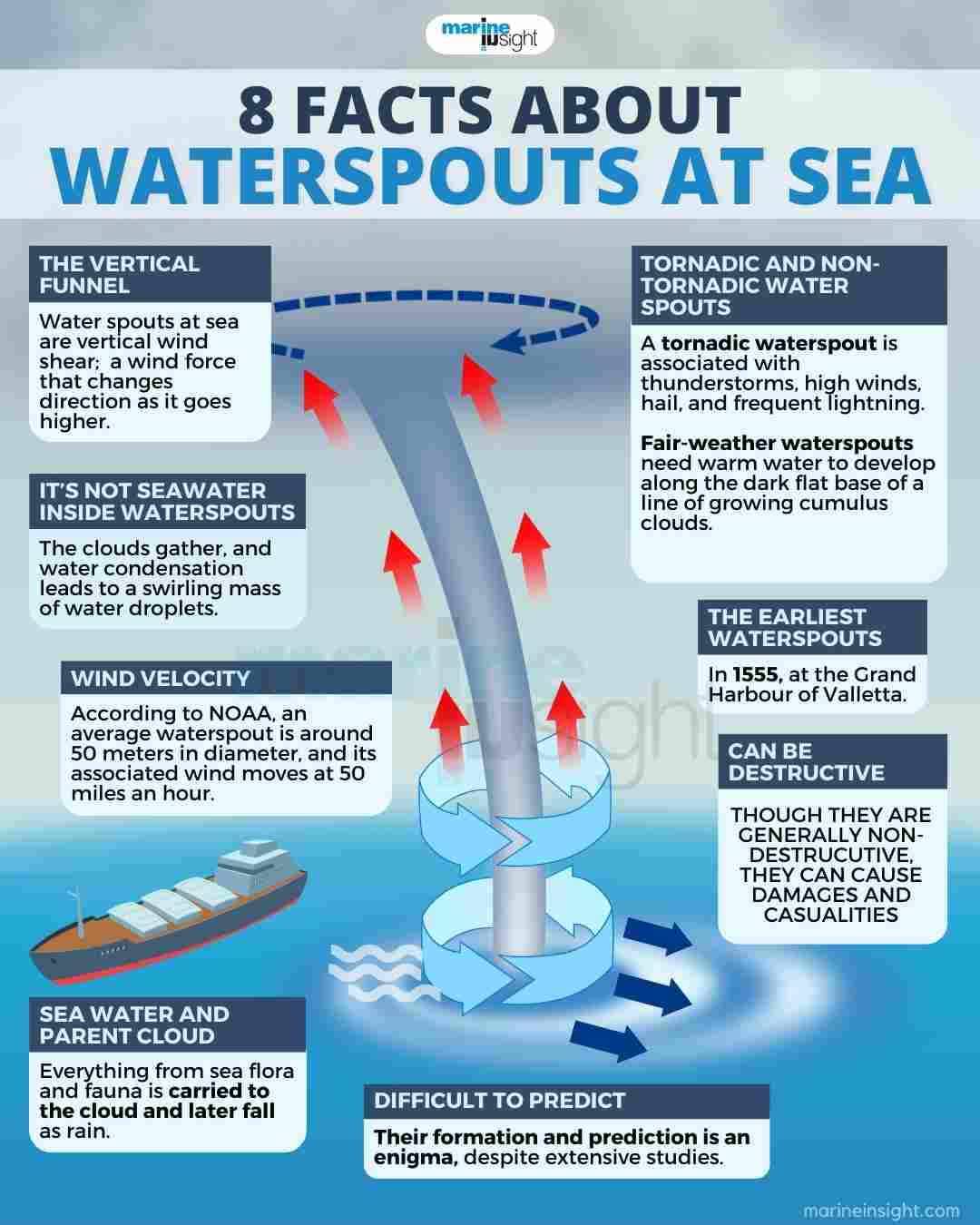
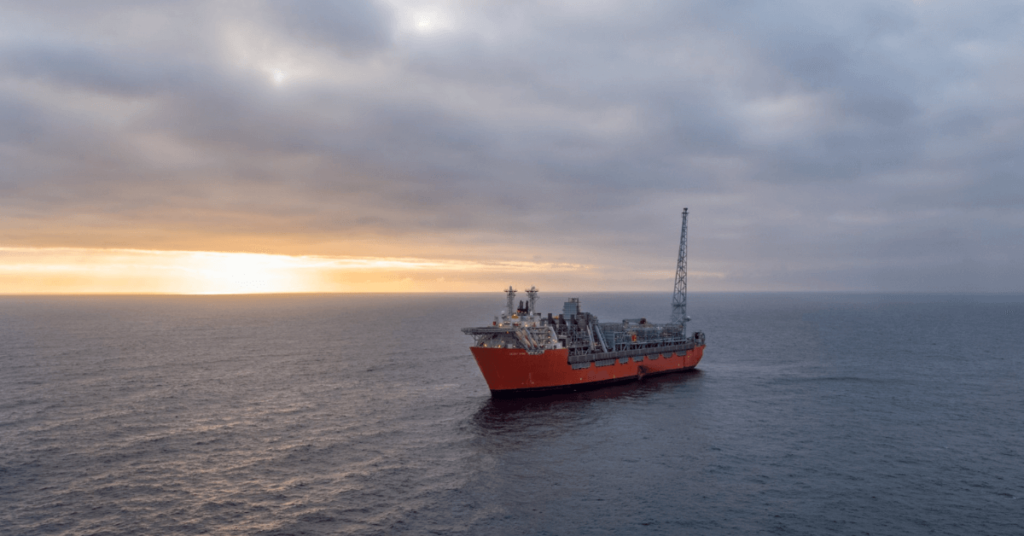
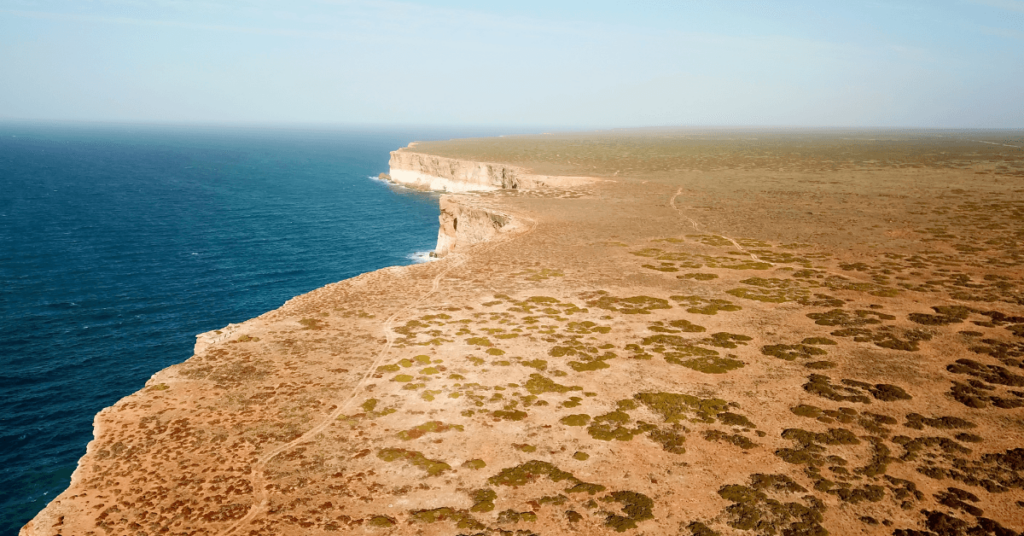


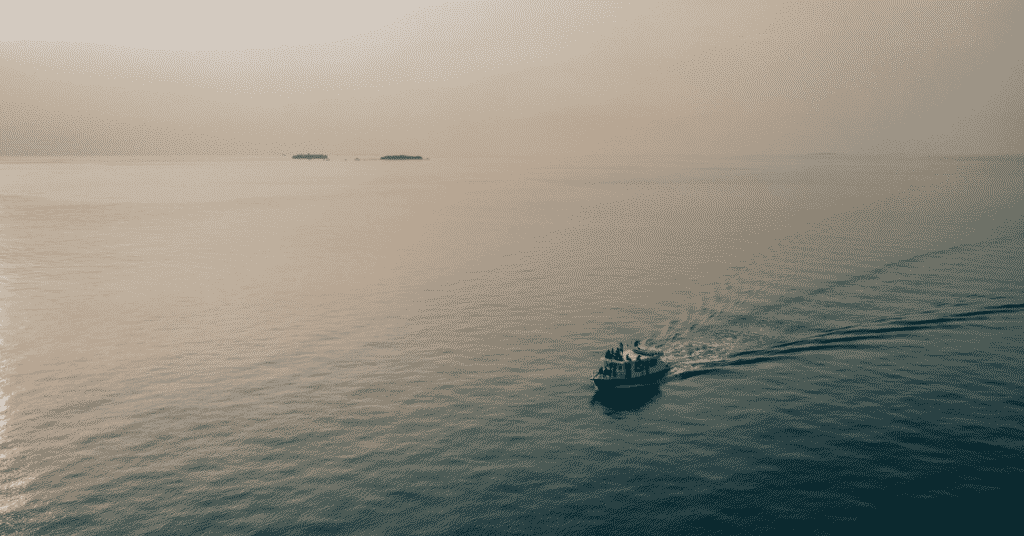
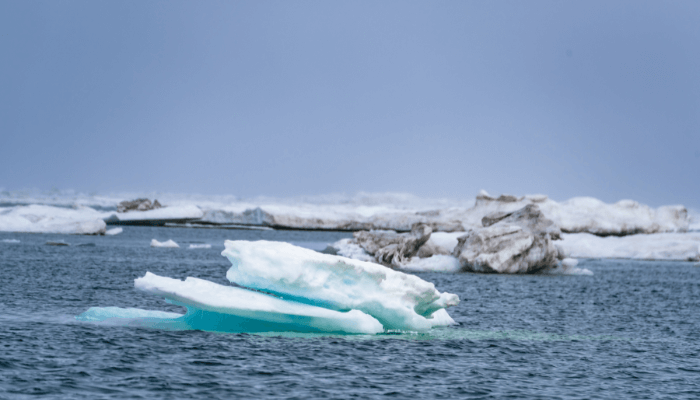

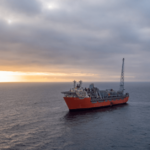
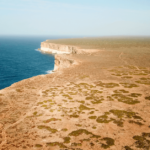



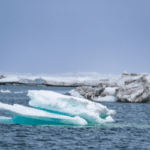
This is awesome! Thank for the information.
Great info-sharing, thank you
@Fauziyah: Glad the information is useful 🙂
thanks for the info I used some of it for homework thanks.